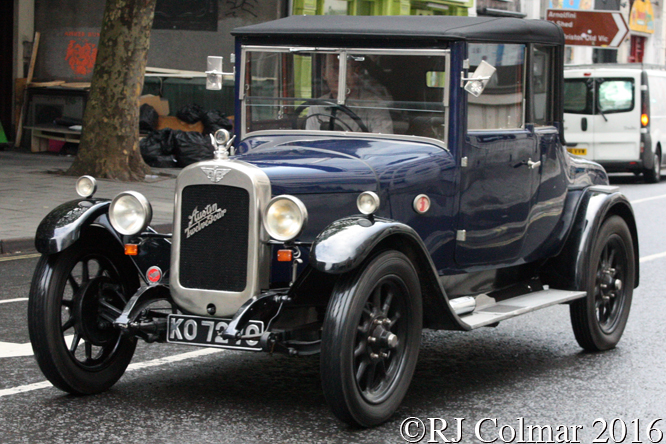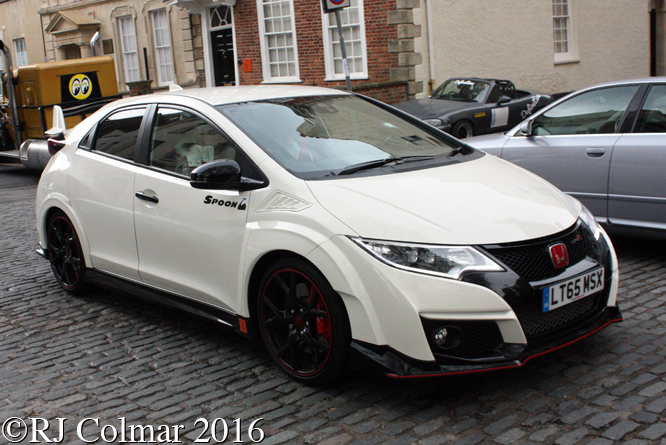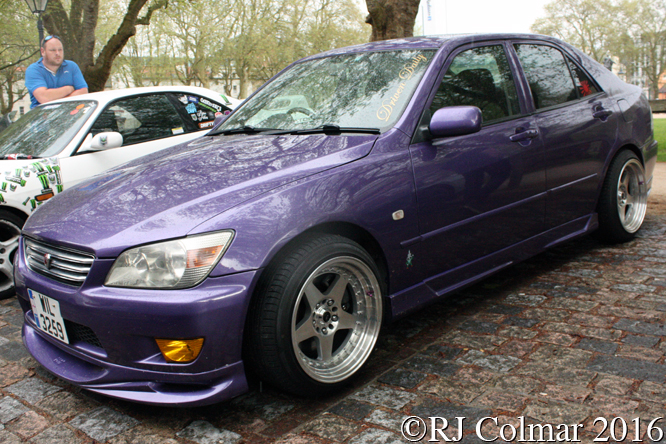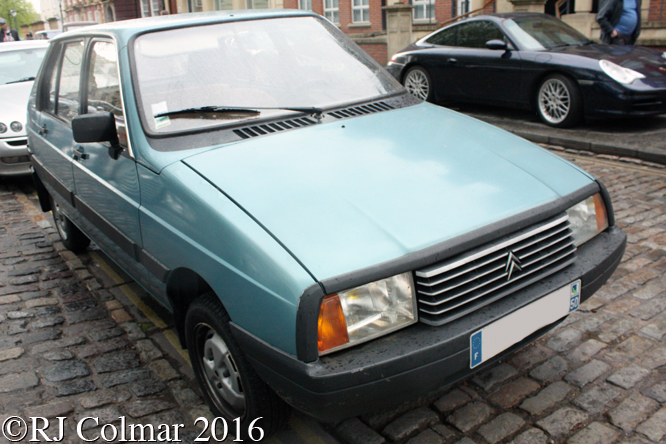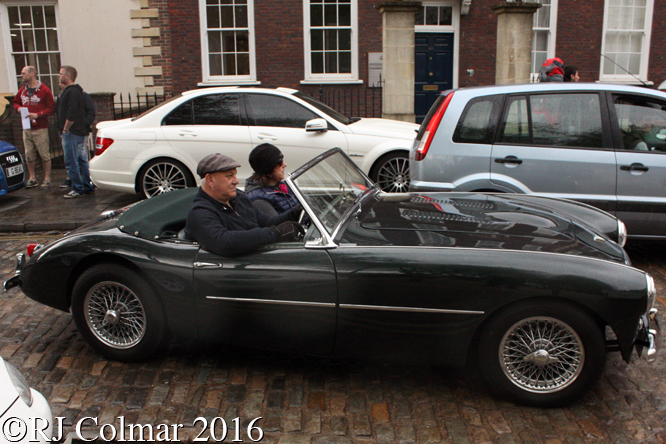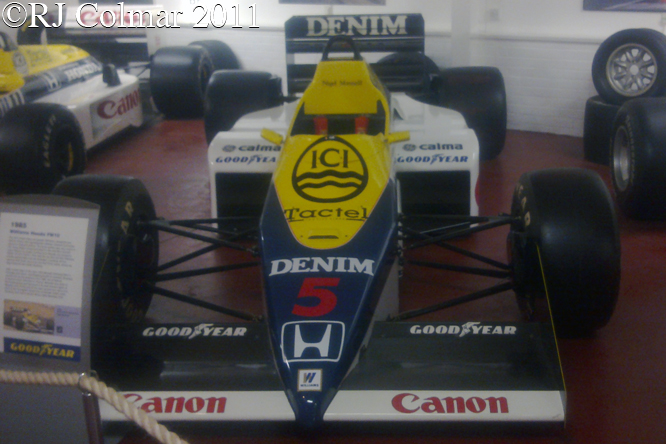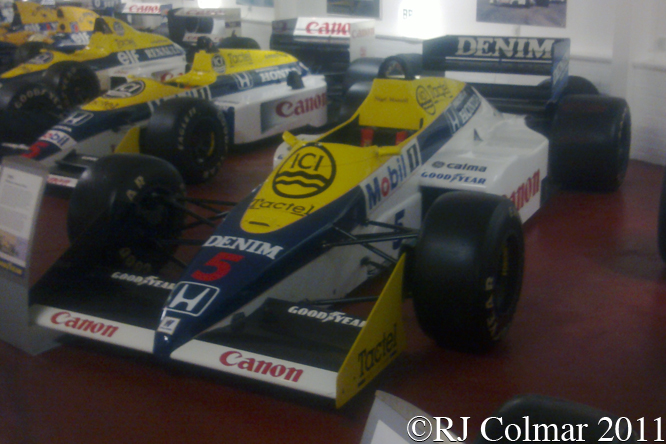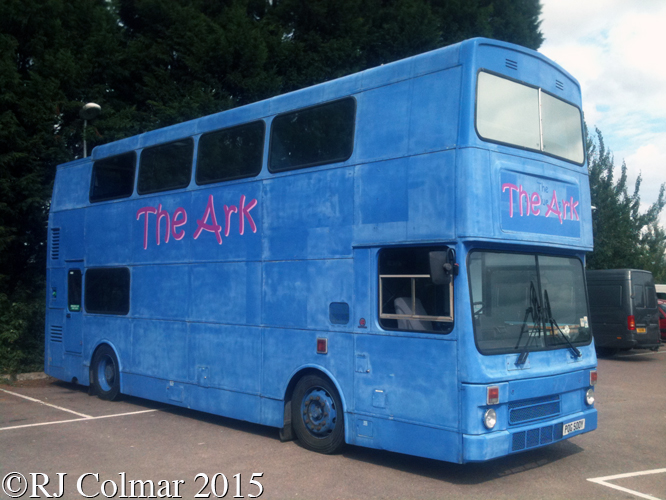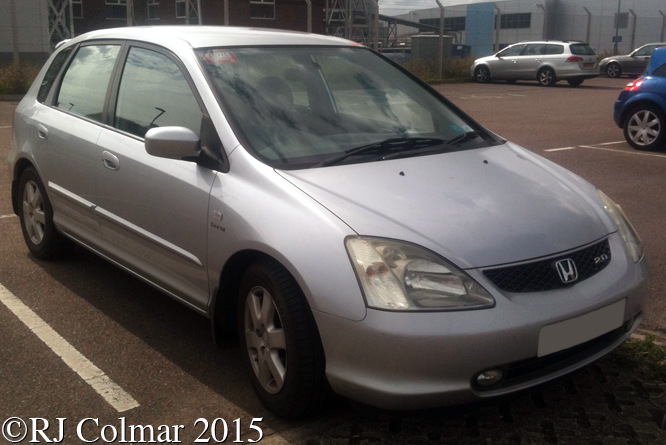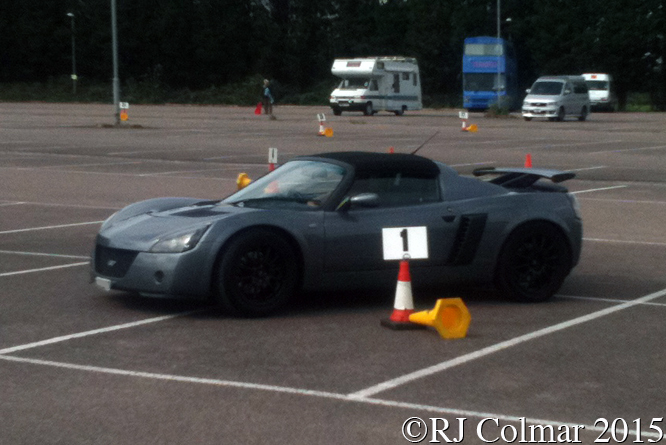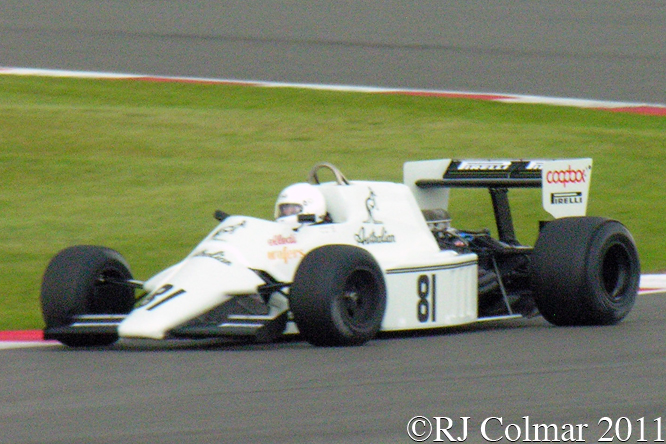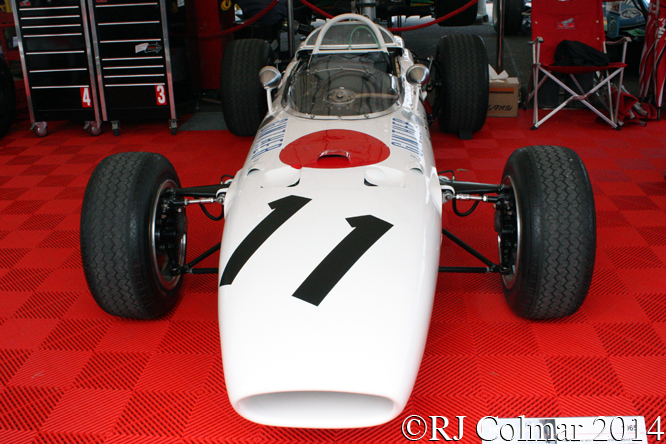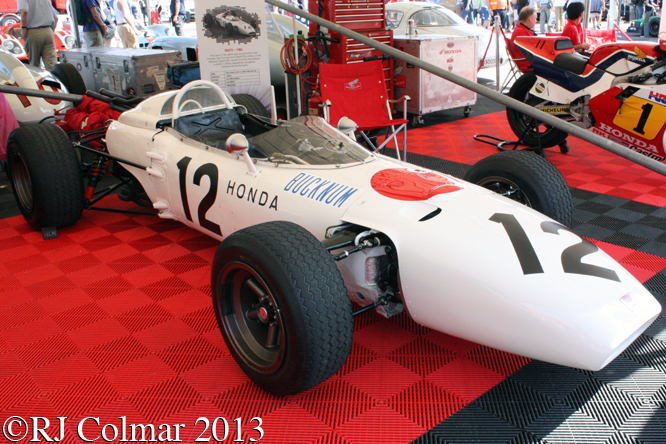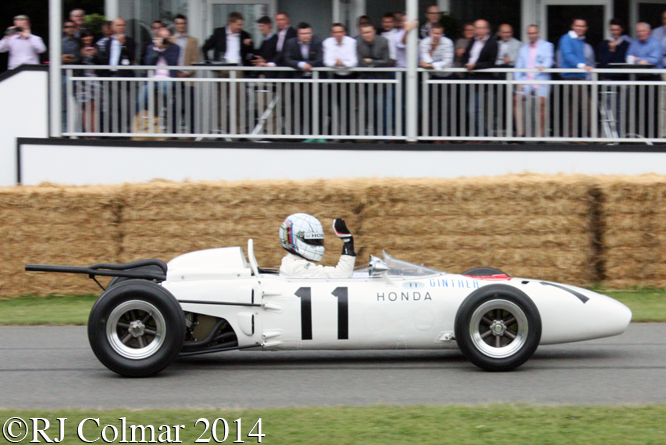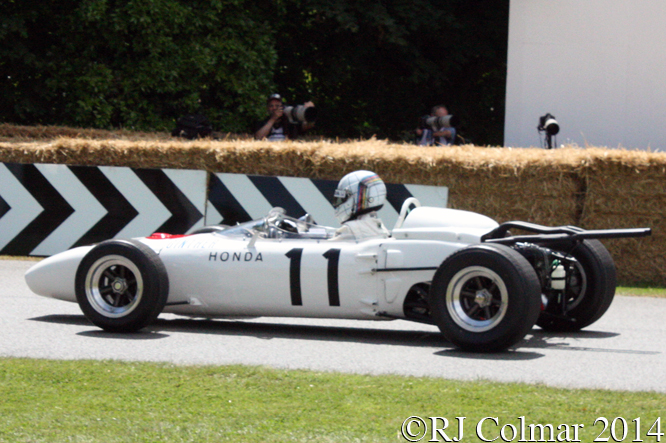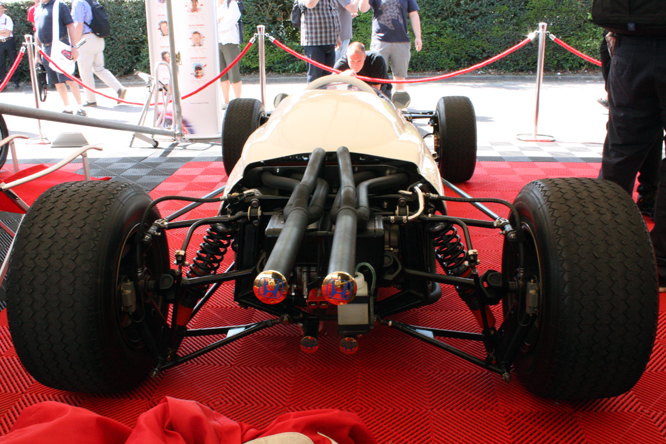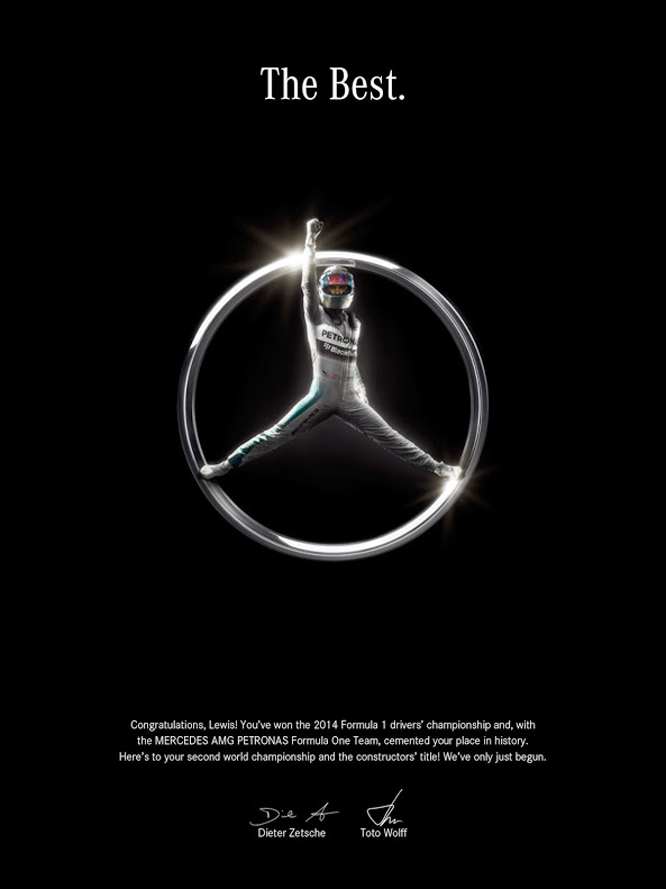Today’s post features all the winners on Super Saturday of the Silver Jubilee Silverstone Classic Meeting, after an aqueous qualification day Saturday emerged as a beautiful sunny.
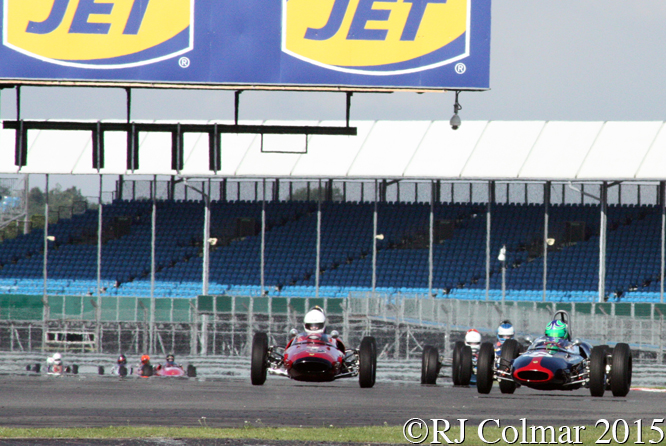
The action kicked of with the Historic Formula Junior race which was won by the blue #53 Lotus 20/22 driven by Sam Wilson, from 2nd on the grid, seen above being challenged by 4th place starter and 8th place finisher Andrew Hibberd’s red #79 Lotus 22 going into Copse on the opening lap.
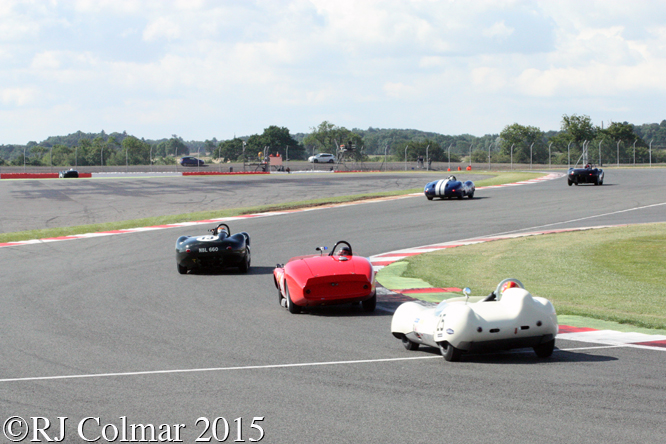
Gregor Fisker did a great job driving, the GALPOT Banner car, #46 Ferrari 246S from fifth on the grid to the win he is seen above chasing 3 Knobbly Listers and a white stripped Costin Lister while being pursued by the #25 Lotus by A. Wolfe and I. Vercoutere on lap 5 of the 21 lap / 50 minute race.
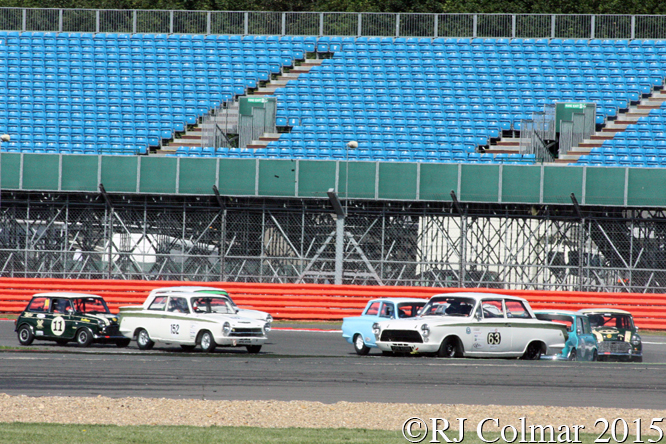
Three Mini’s secured the top three spots for the Warwick Banks Trophy race in the wet conditions, however they were soon swamped by more powerful Lotus Cortinas, BMWs and Alfa Romeos after the start. Richard Meaden in the #63 Lotus Cortina leads coming out of Village above on the opening lap while eventual winner triple British Touring car champion Matt Neal driving the #152 Lotus Cortina, he shared with 2012 British Touring Car Champion Gordon Shedden, has made up 7 places from 14th on the grid going into the third corner of the 50 minute / 18 lap race !
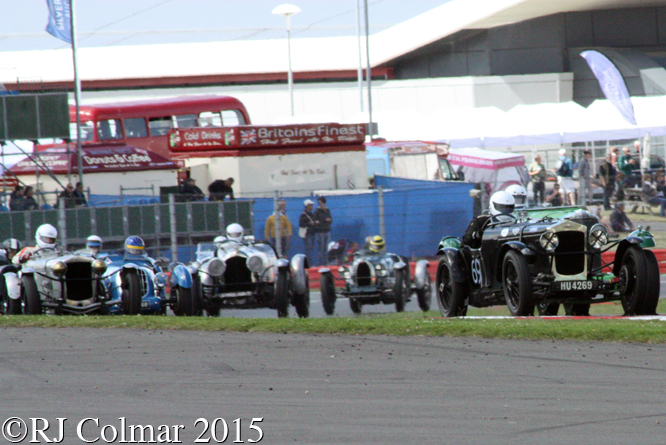
Andrew Hall driving the #69 Frazer Nash Supersports made a super start from 5th in The Kidston Trophy race for pre war sports cars to lead for a couple of corners before Gareth Burnett in the big green #52 Talbot 105 took command for the opening 7 laps of the race. A slick driver change helped Fredric Wakeman and Patrick Blakeney-Edwards take the lead and win the race in the #11 Frazer Nash Super Sports, seen on the extreme left of the photo above in third place.
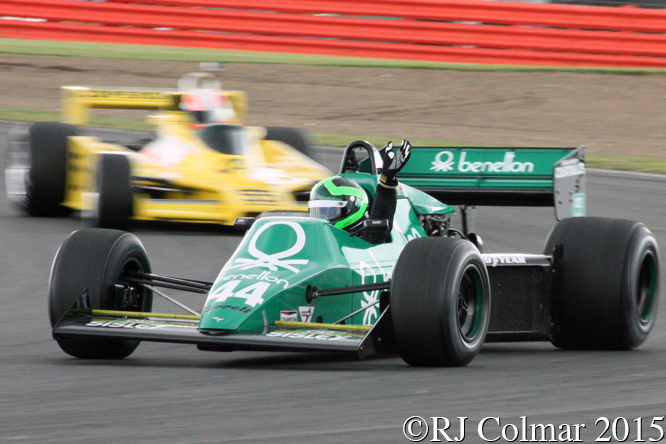
Despite qualifying his #44 Tyrrell 012 nearly 5 seconds faster than Sam Hancock’s yellow #55 Fittipaldi F5A, Martin Stretton, seen above, had to eat Sam’s dust for three laps before pulling away to win the FIA Masters Historic Formula one race by just under 2 seconds.
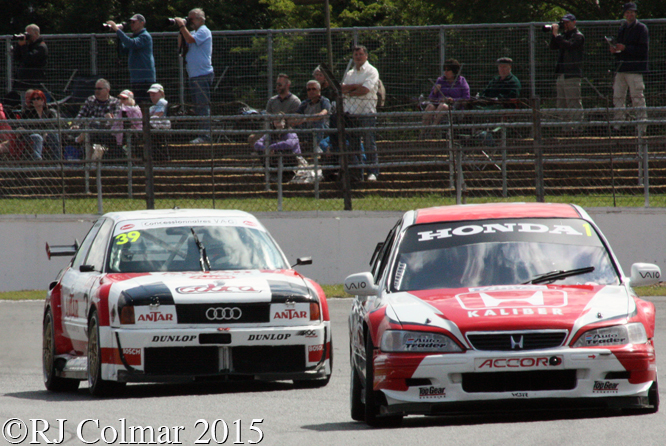
12th place starter Frank Wrathall in the 1989 #39 Audi 80 Quattro is seen above lining up to overtake James Dodd driving the 1999 #1 Honda Accord for the lead which Frank would not relinquish on lap 4 of the Super Touring Car race.
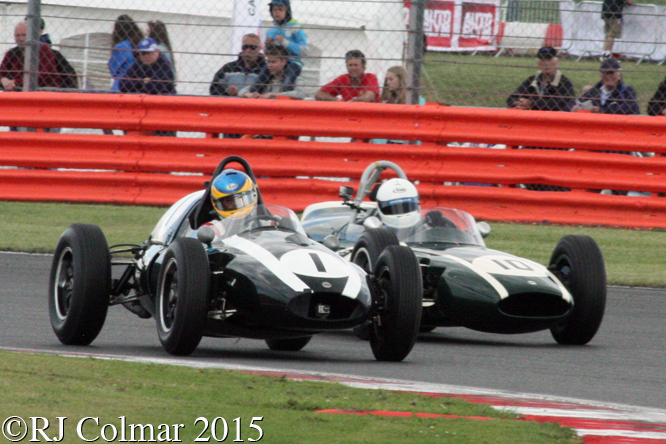
Racing an open wheeler for the first time since breaking his legs in a Formula Ford car early in his career was 1992 British Touring Car Champion Tim Harvey, who is seen above passing Will Nuttall in the #10 Cooper T53, for the lead on his way to winning the Maserati Trophy race driving Roger Wills #1 Cooper T51.
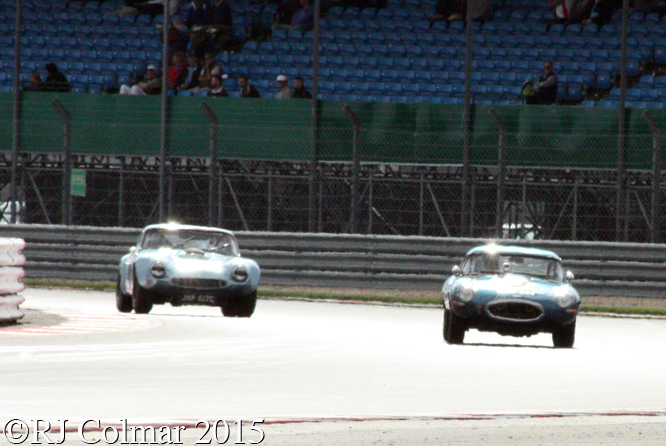
Mark Whitaker driving the #46 TVR Griffith starting 4th on the grid for the JET Trophy race had left the two Minis that qualified ahead of him way behind and as seen above already had pole sitter Matt Nicholl Jones #85 Jaguar E-type well in his sites as he exited Woodcote for the first time, Mark won the 9 lap race by nearly 18 seconds.
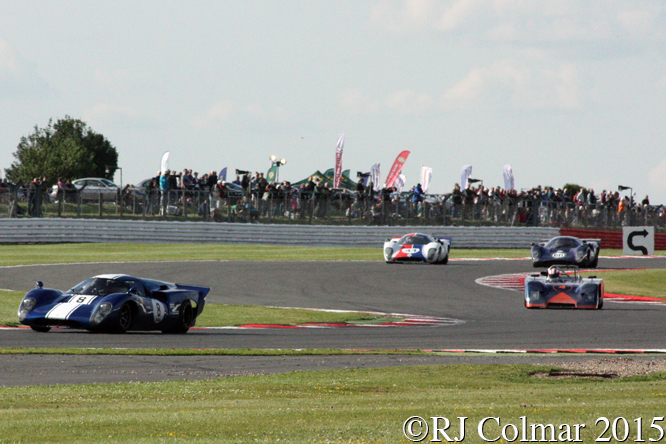
Martin O’Connell driving the #4 Chevron B19 seen in second above never dropped out of the top 4 on his way to winning the FIA Masters Historic Sports Cars race from the #60 Lola T70 driven by Marino Franchitti and Richard Meaden seen above in 4th place.
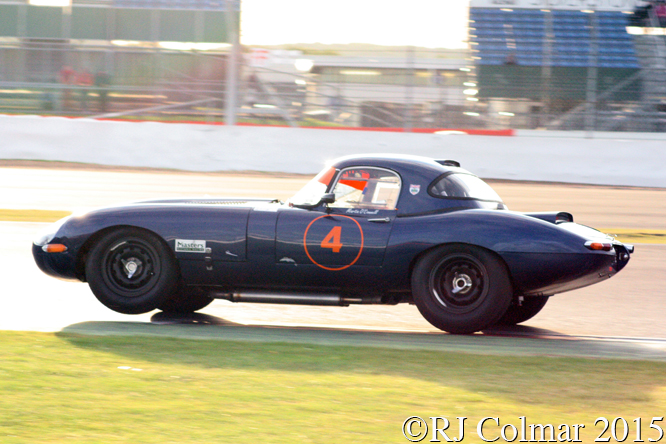
There was little time for Martin to savour his victory as he had a pressing appointment on the 13th row of the grid to start the International Trophy race in his E-Type Jaguar, on lap 11 of the one hour 25 lap race he took the lead and stayed there to claim a second consecutive victory.
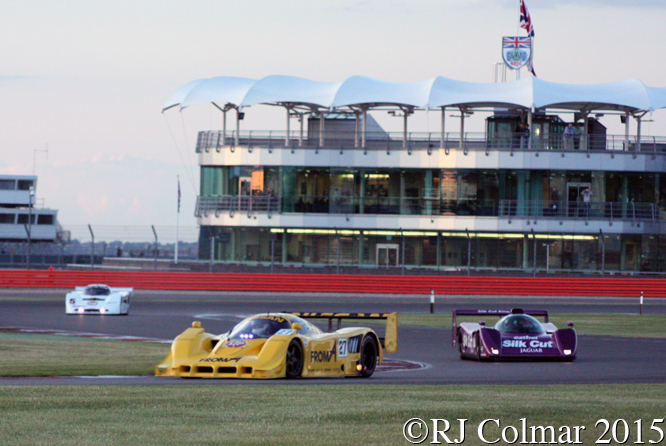
Steve Tandy starting from pole in his IMSA Spice, seen in a distant third above, held the lead on the opening lap of the evening Group C race but relinquished it to the #27 Nissan R91CK of Bob Berridge and #17 Jaguar XJR14 of Christophe D’Ansembourg, Bob held the lead for three laps before Christophe, seen in second place above, took the lead on the 4th lap and held on to it for the remainder of the race.
Thanks for joining me on this “Super Saturday Winners” edition of “Gettin’ a li’l psycho on tyres” I hope you will join me again tomorrow when I’ll be looking at another Mercury. Don’t forget to come back now !
